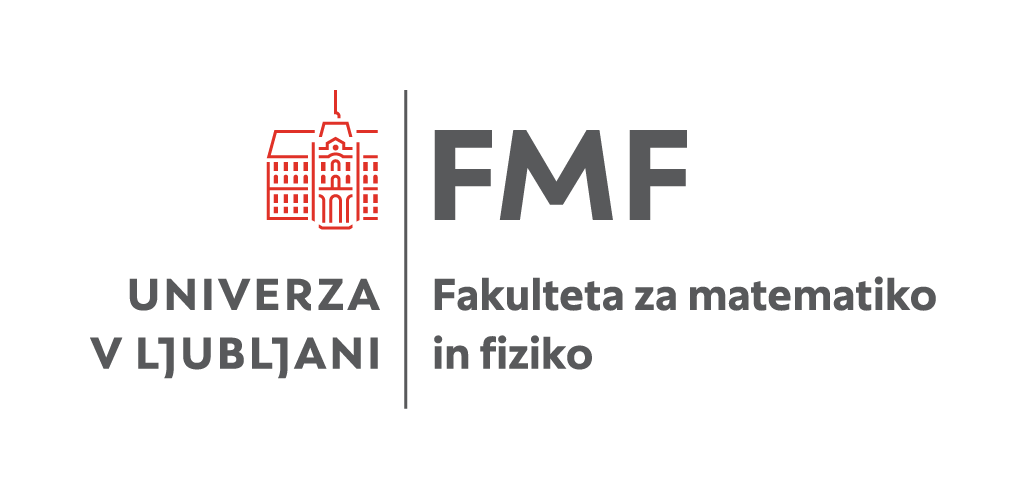BRDA 2025: Selected topics in (B)SM
→
Europe/Ljubljana
Teslova 30, 1st floor, rooms 38, 39
Description
This workshop is intended to bring together and facilitate discussions between theorists working on various phenomenological aspects of the Standard Model and beyond. Topics include quark and lepton flavor phenomenology, top and Higgs physics, lattice QCD, machine learning approaches in HEP, high energy unification of quark and lepton matter, dark matter and astroparticle physics.
 |
 |
Aleks Smolkovič
Participants
